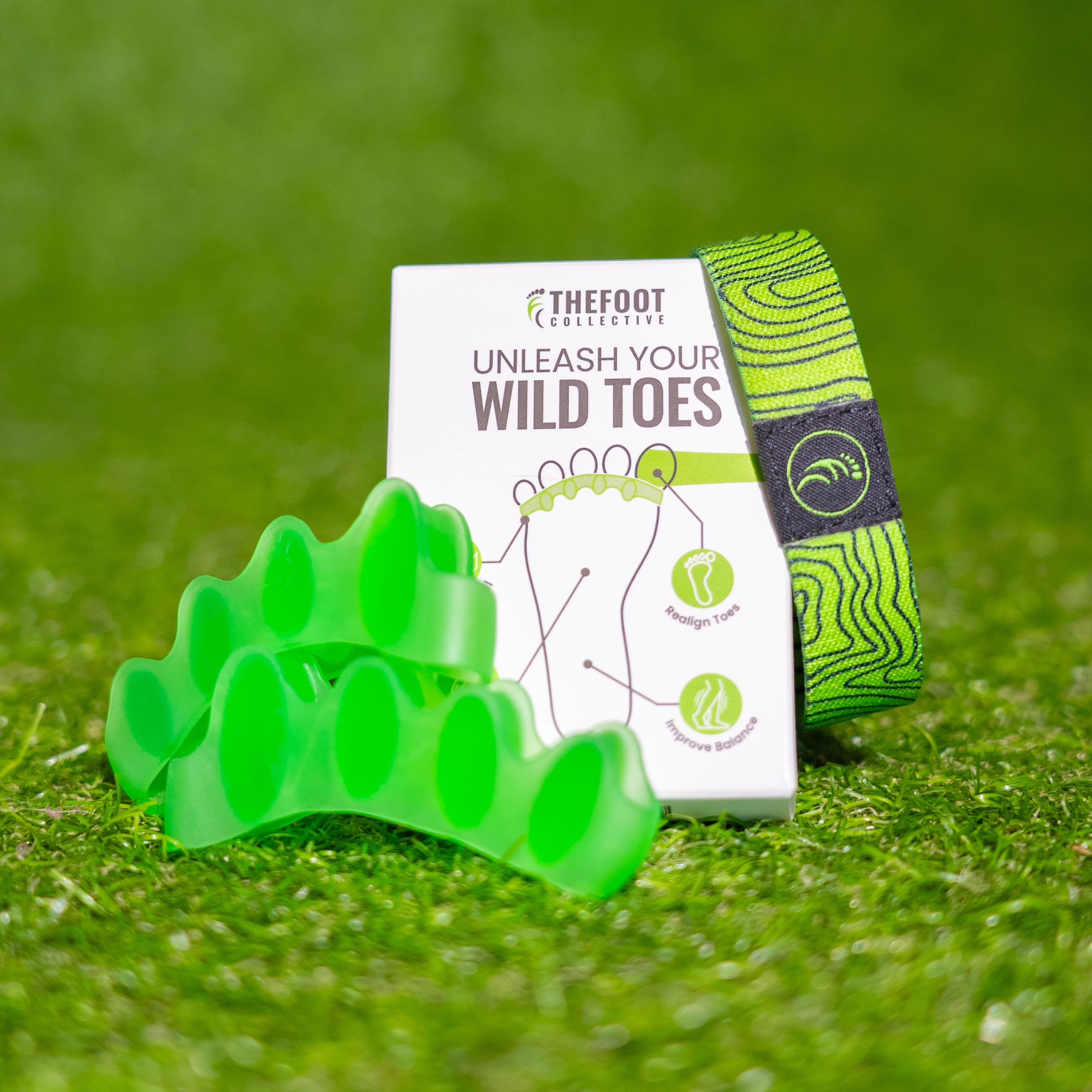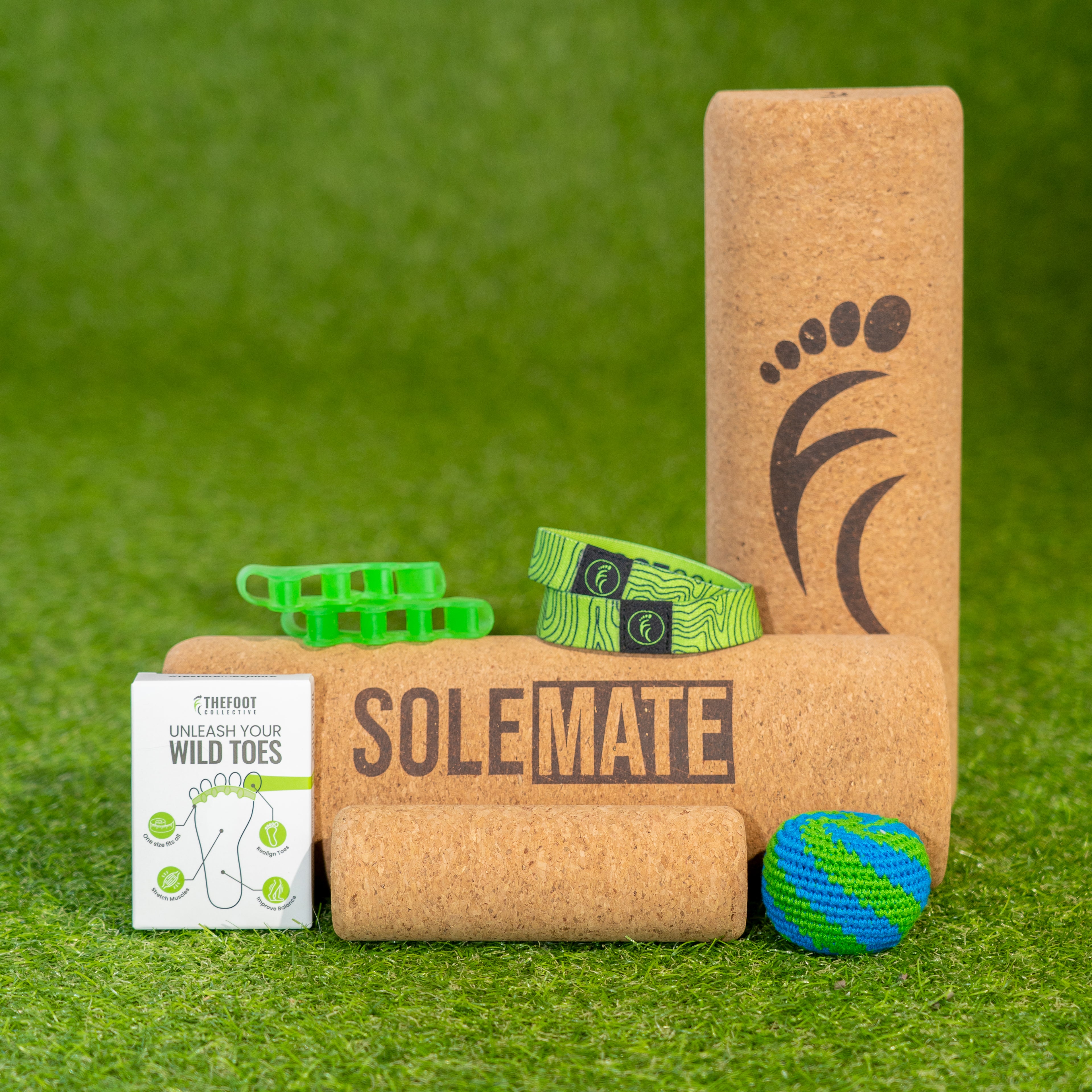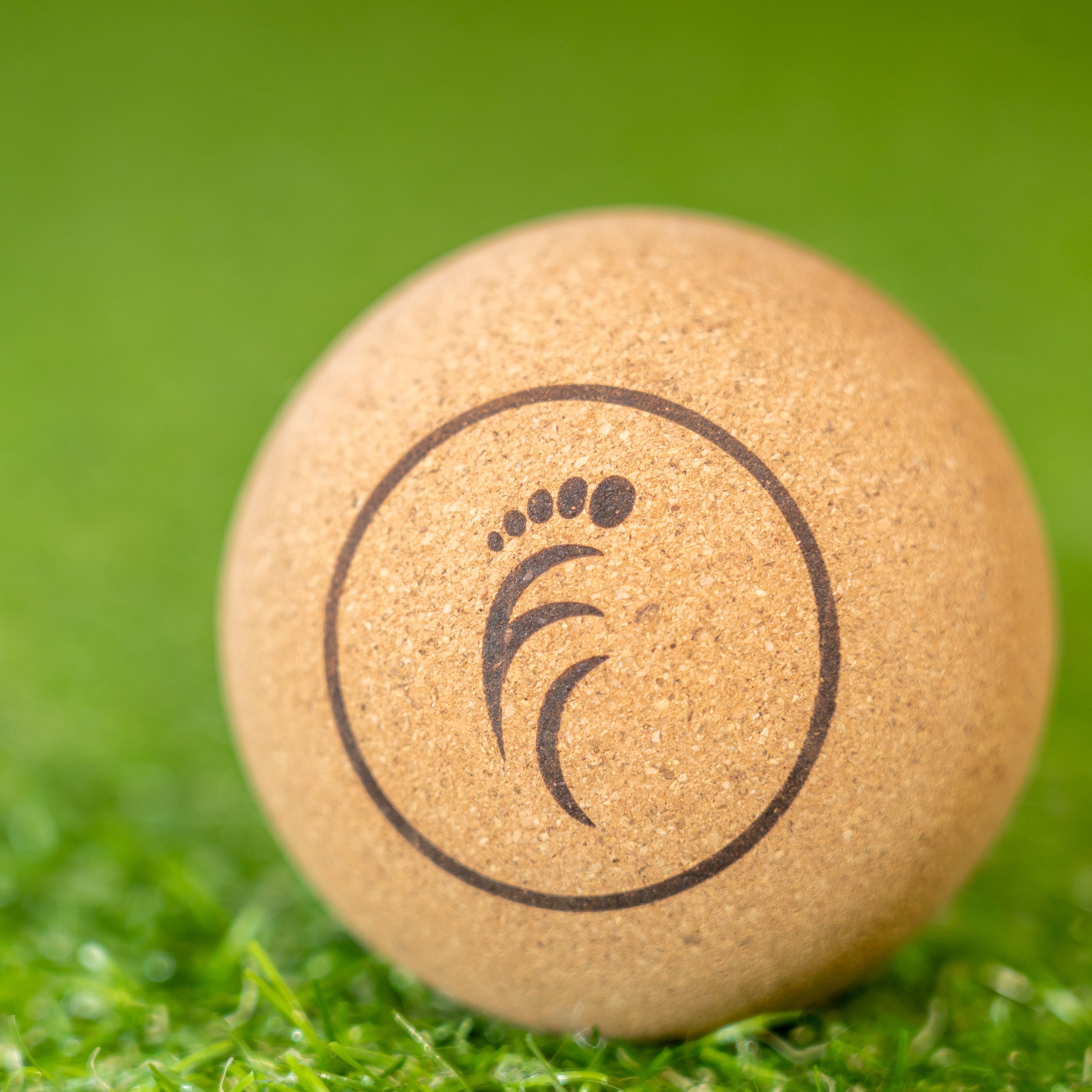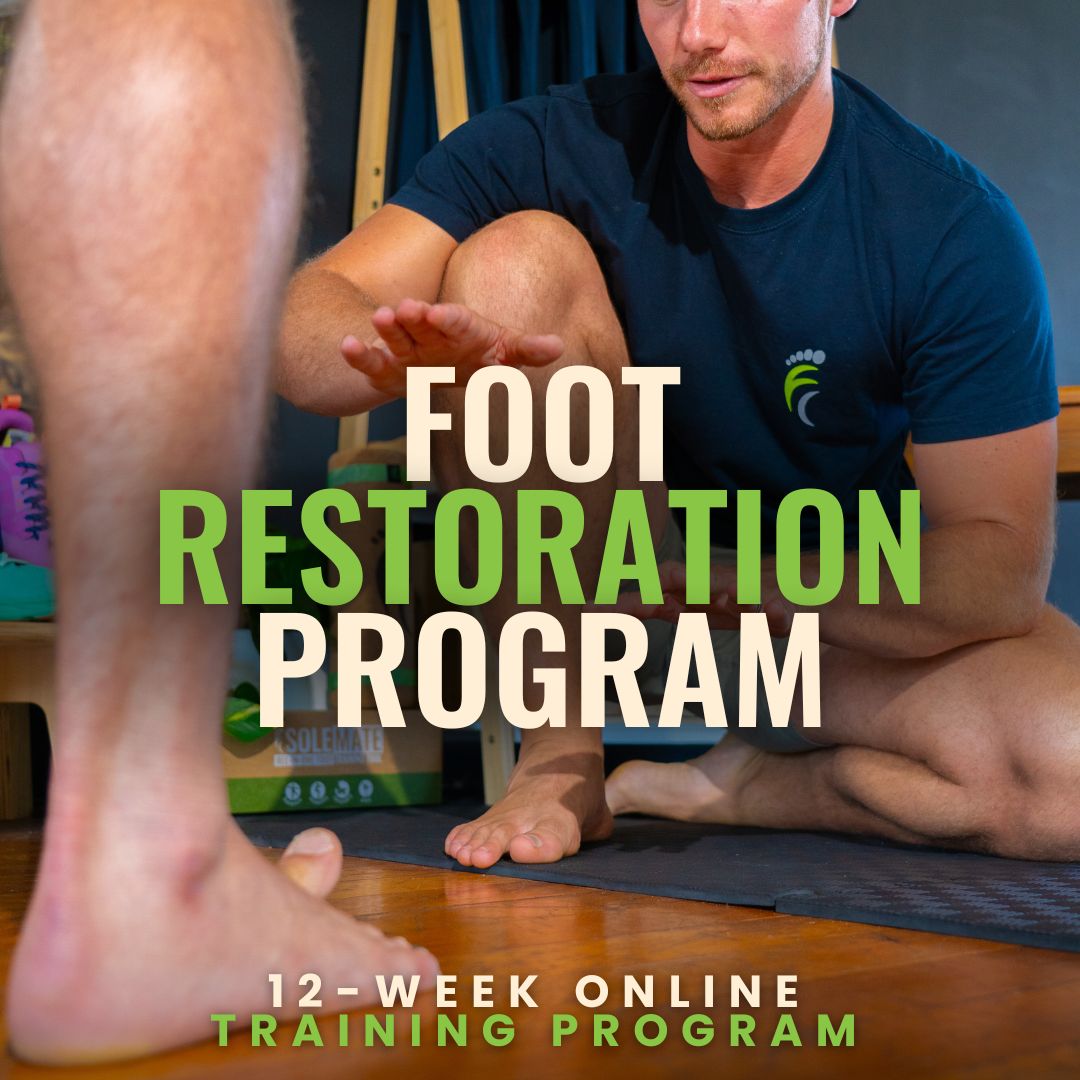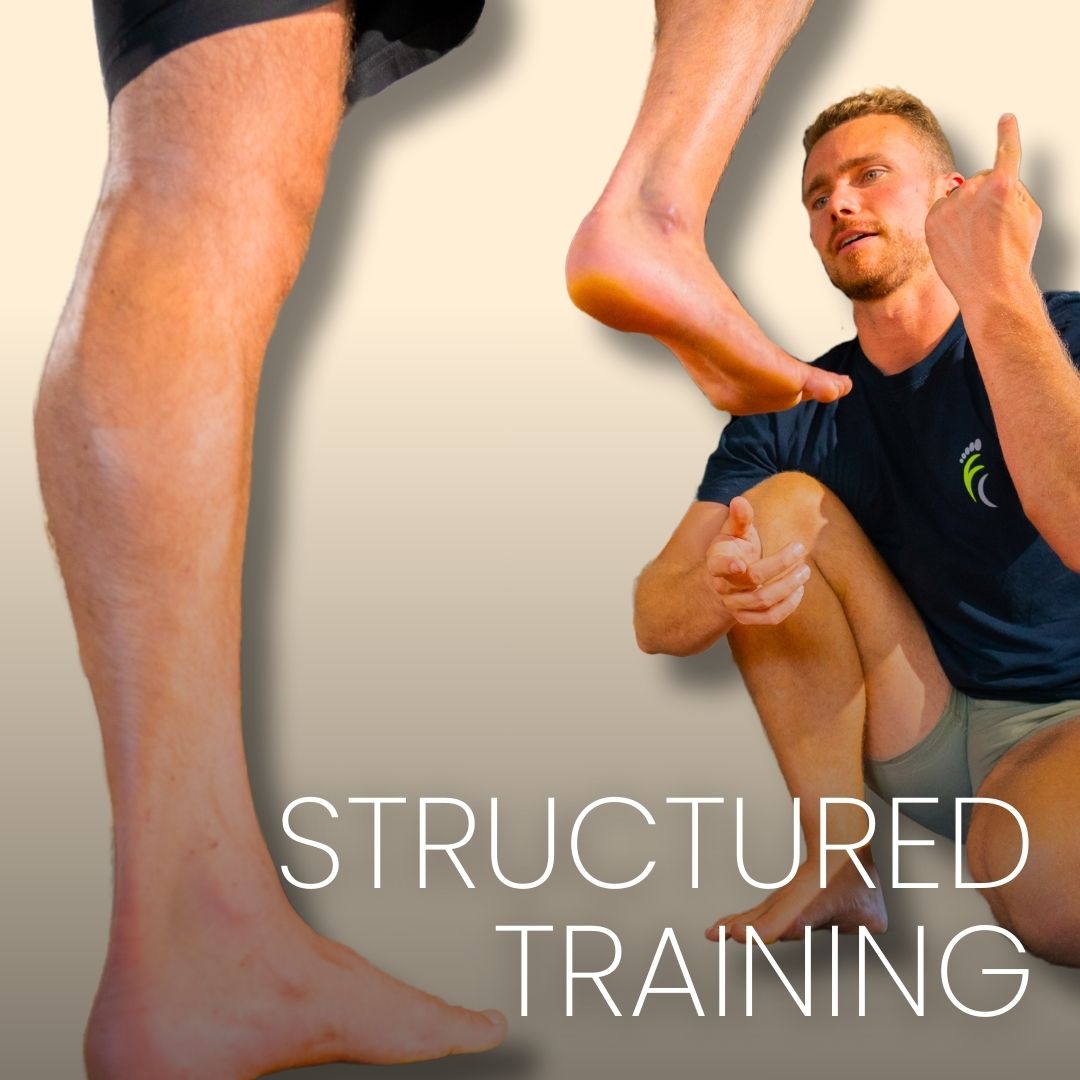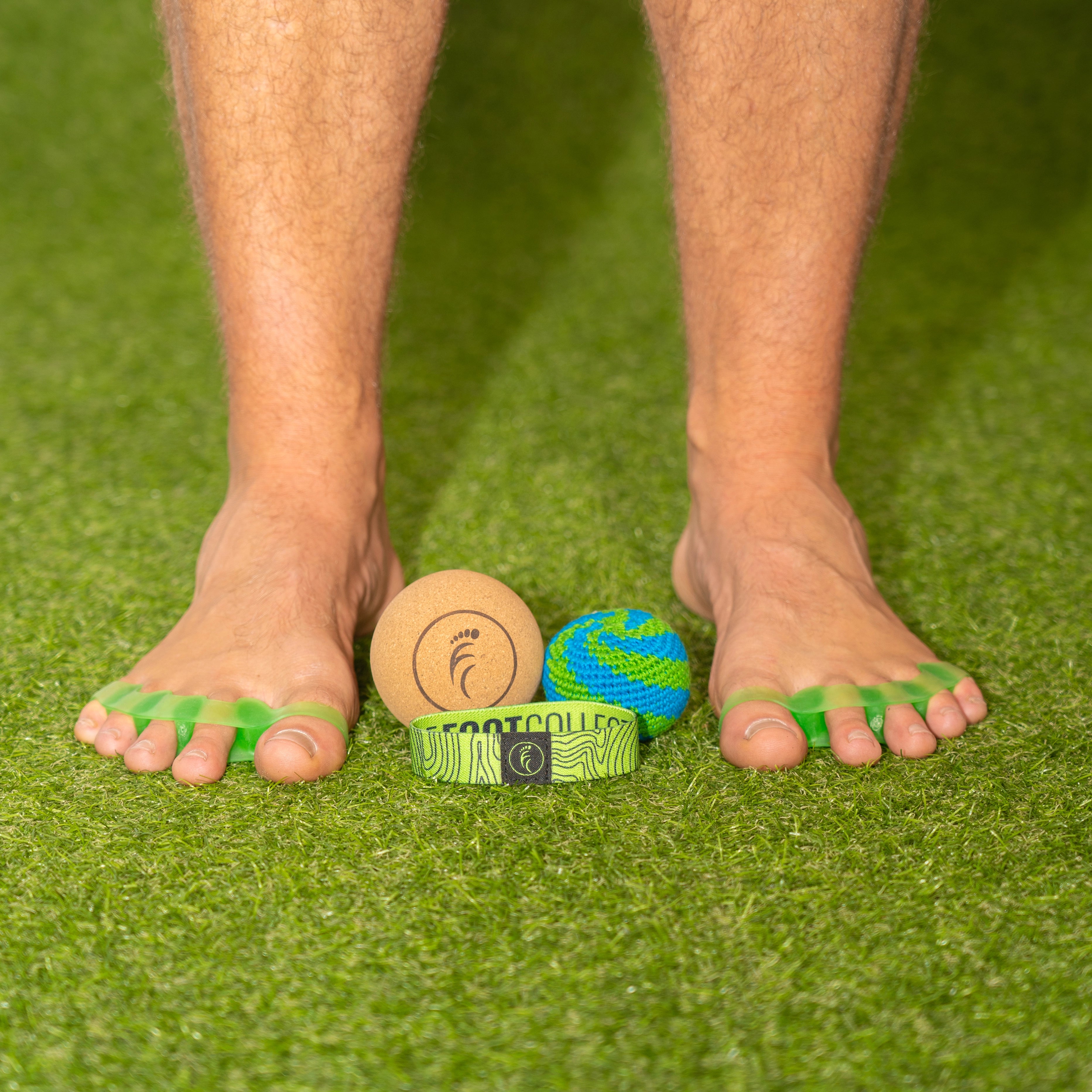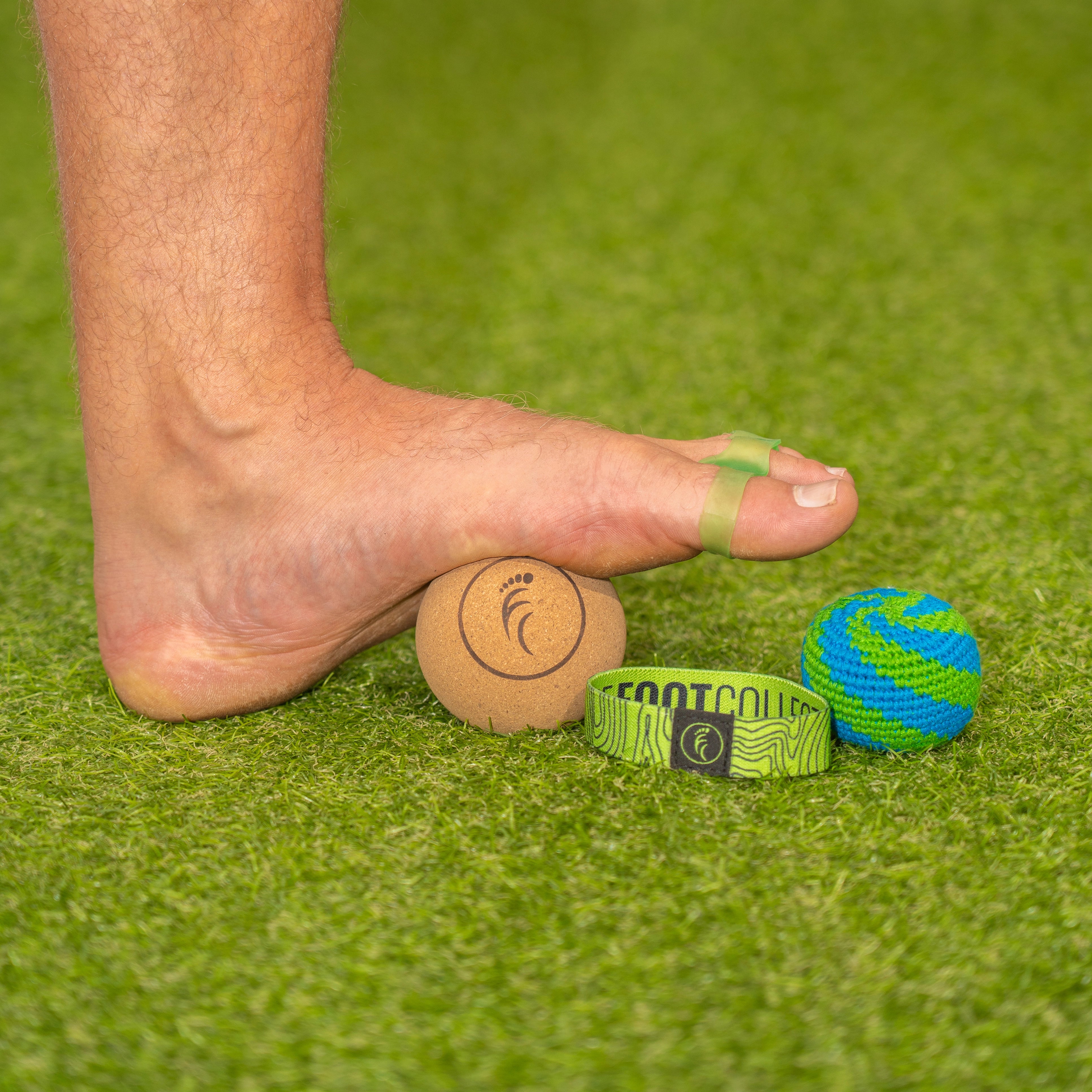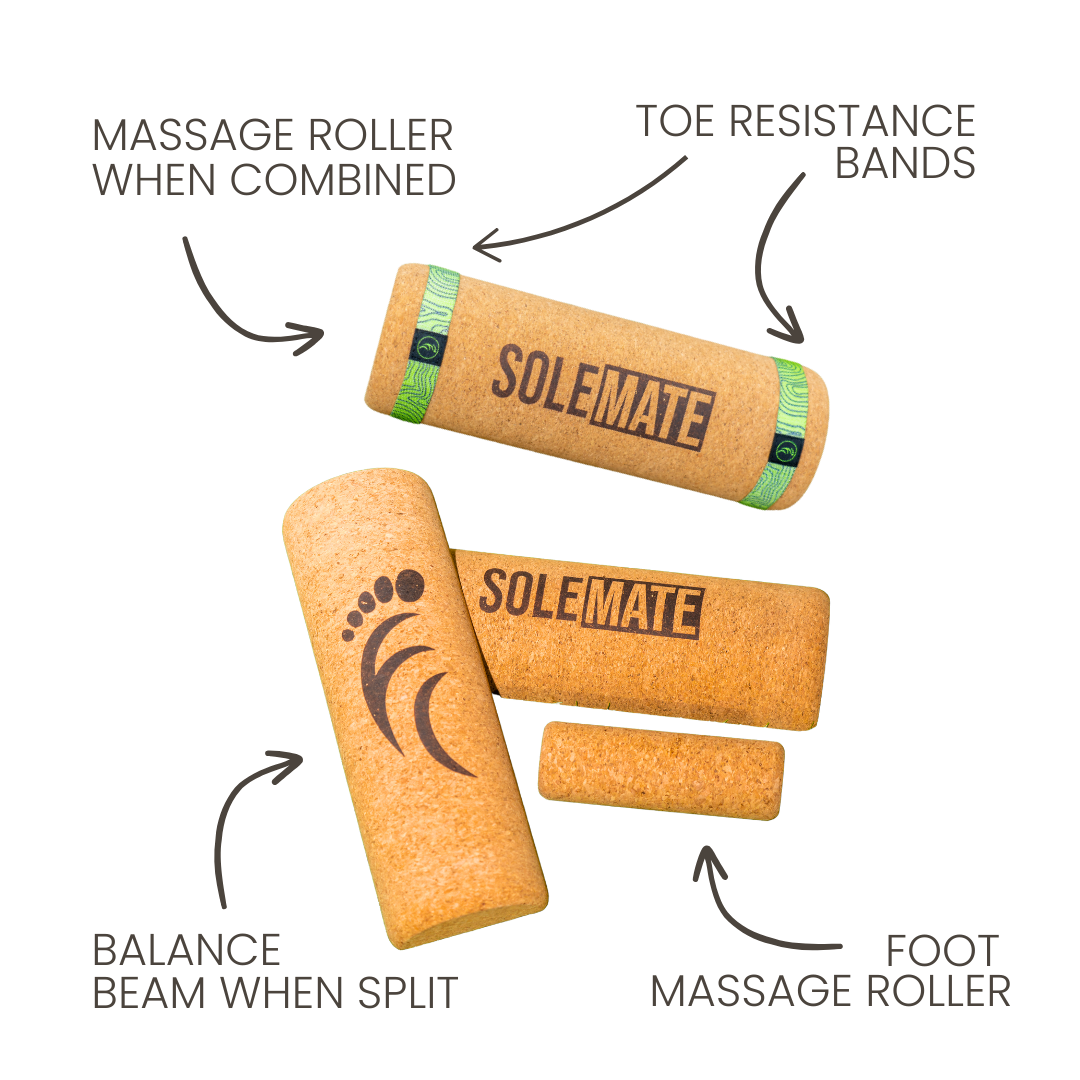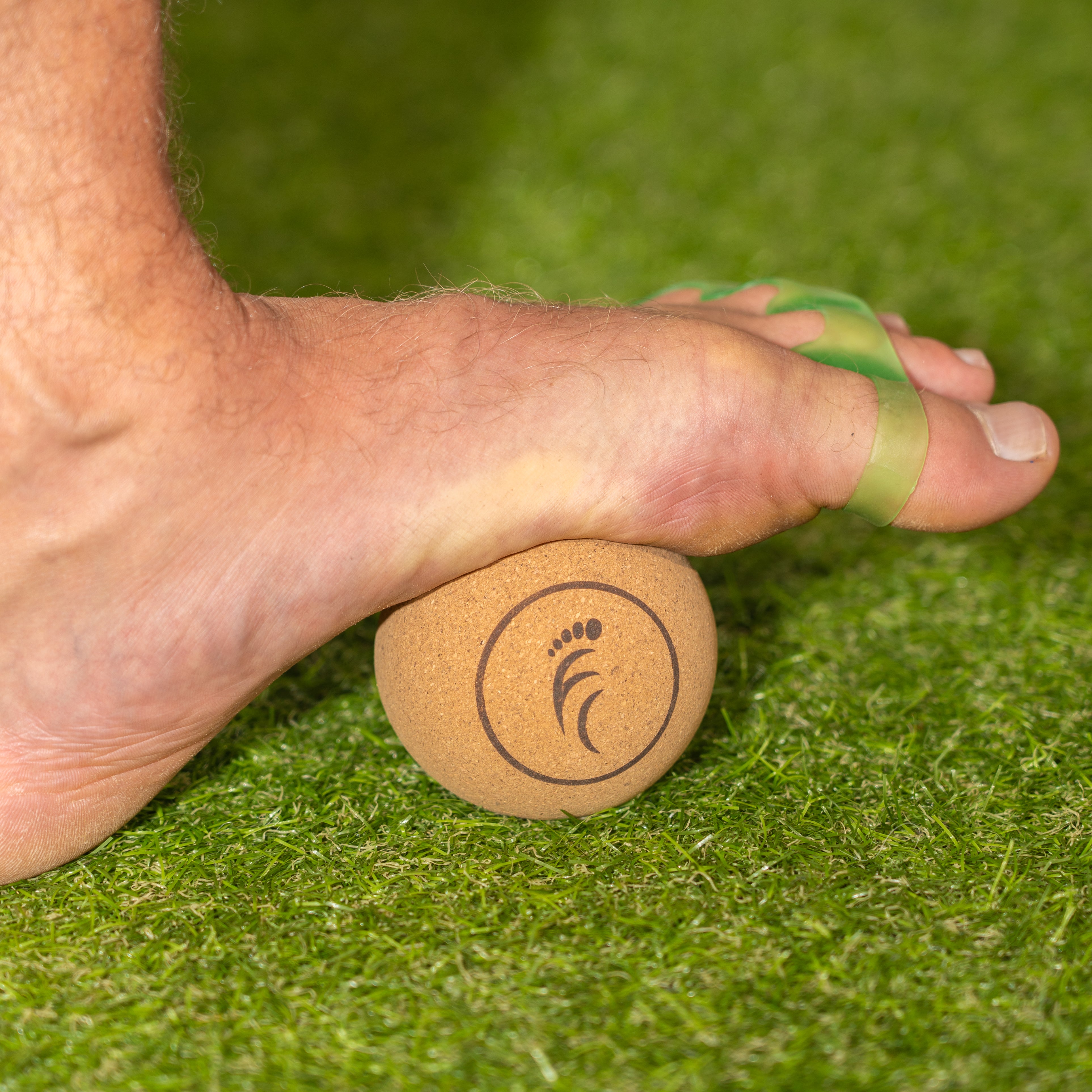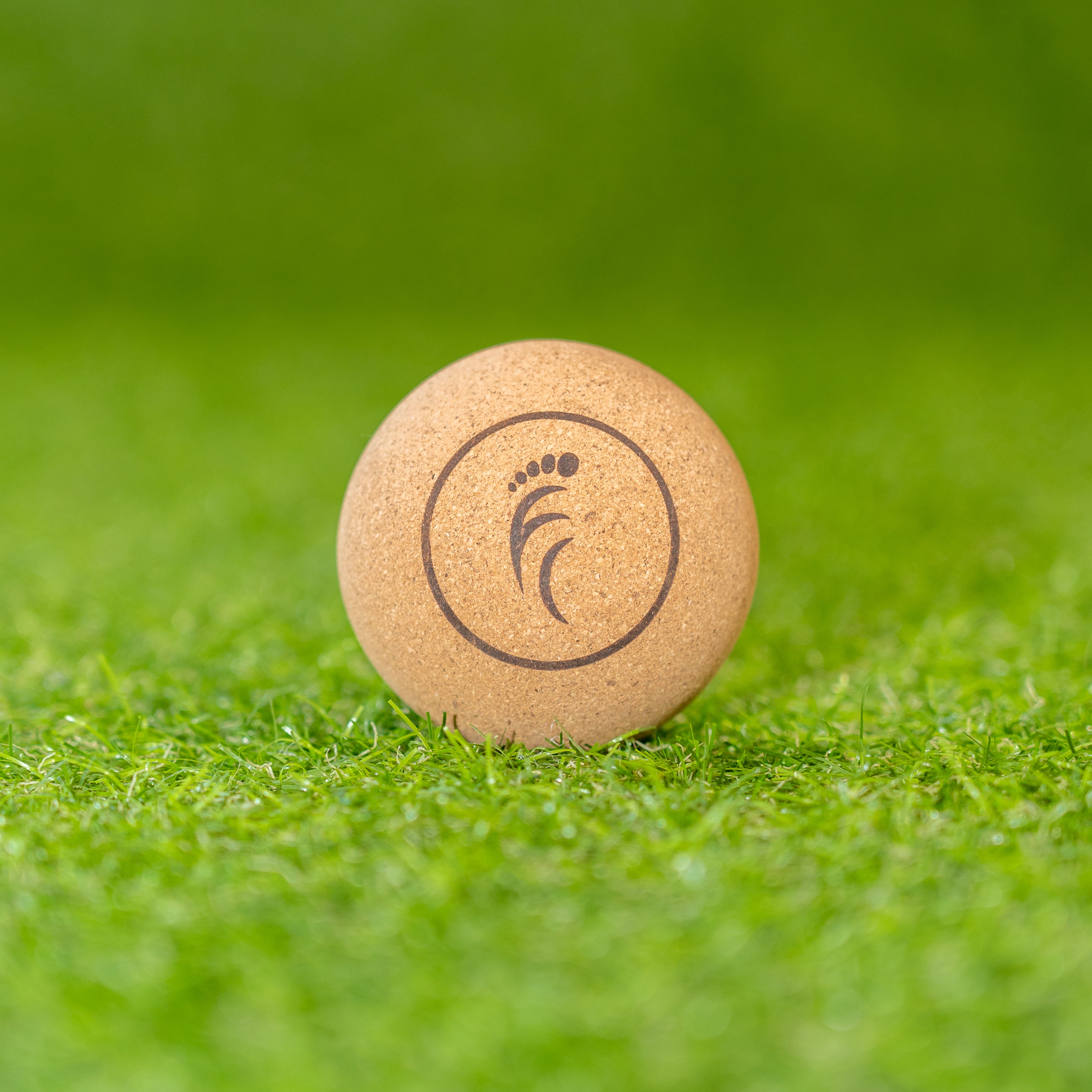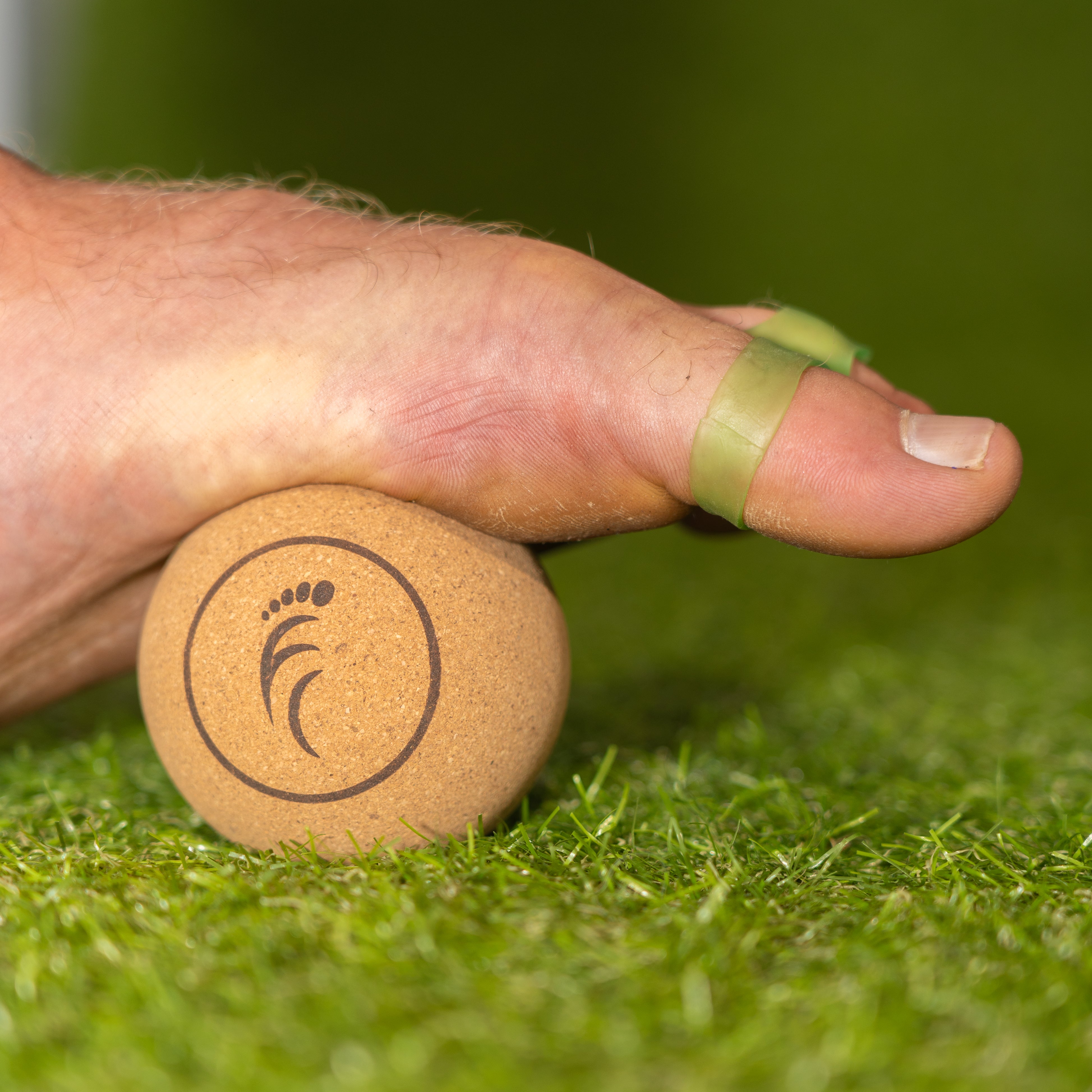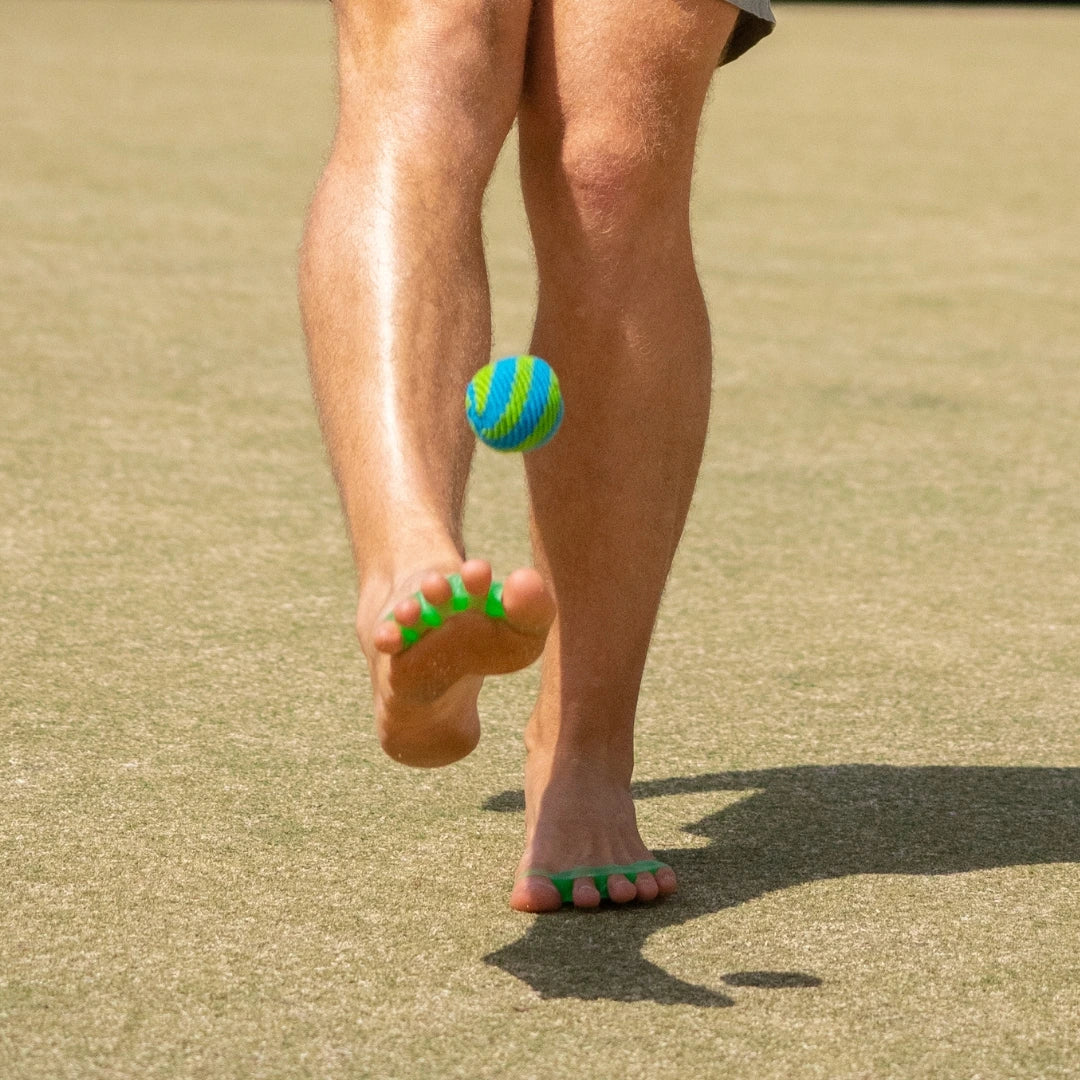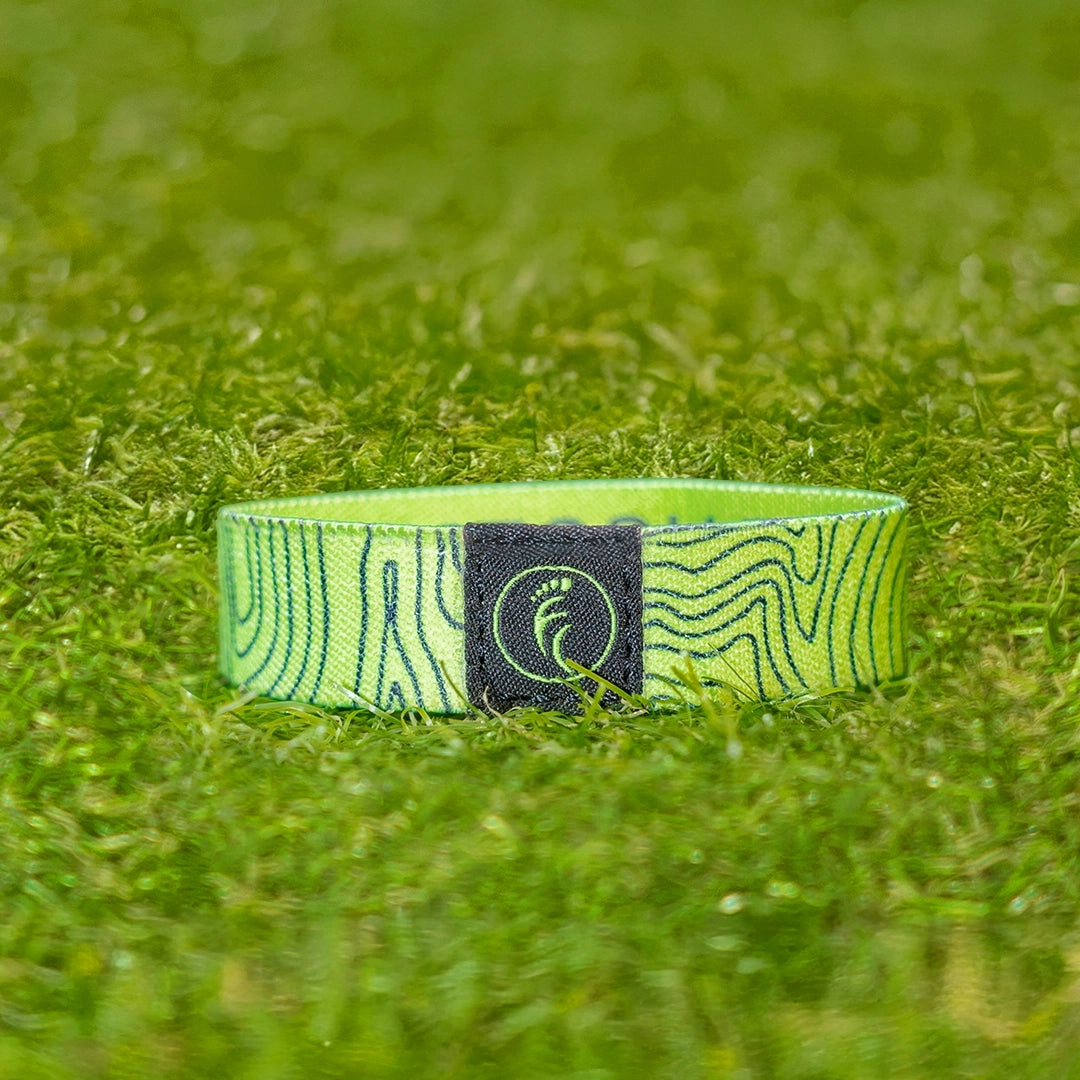How to Choose Barefoot Shoes: A Practical Guide to Natural Footwear

Cut through the marketing. Use the 5 Fs to choose footwear that lets your feet do their job.
8–10 min readI’m Andy Bryant — functional podiatrist, TFC Pro Educator and long-time foot nerd.
At The Foot Collective, we see confusion every day around what makes a good shoe.
If you’ve spent any time learning about foot health, you’ve probably heard the term “barefoot shoes.”
It’s exciting to see this barefoot shoe industry growing rapidly, but walk into any store or scroll online and you’ll find dozens of brands calling their shoes “minimalist,” “natural,” or even “podiatrist-approved.”
Unfortunately, many of these shoes still restrict how your feet move and function.
That’s why we created a simple framework to help you cut through the marketing noise and clearly understand what to look for when choosing natural footwear.
- Flat — zero drop from heel to toe
- Flexible — bends and twists naturally
- Foot-shaped — wide toe box matches human anatomy
- Feel — ground feel for balance and control
- Fixed — secured to your foot (no toe-clawing)
Understanding the Footwear Continuum
Before diving into the 5 Fs of natural footwear, it’s important to understand that all footwear exists on a sliding scale.
At one end of the continuum, you have very unnatural footwear - like high heels or narrow, pointy dress shoes. At the other end, you have no shoes at all: true barefoot. Everything else sits somewhere in between.
The goal isn’t to leap straight to the most minimal option overnight. Instead, use the 5 Fs as your guide, and with each new purchase, aim to choose a shoe that moves you closer to barefoot than what you’re wearing now.
Taking this continuum approach makes the transition more gradual, comfortable, and sustainable for most people.
How to choose Natural Footwear using the 5 F’s
1. Flat – Zero Drop from Heel to Toe
A true barefoot shoe has zero drop from heel to toe, which keeps posture and alignment natural. Most conventional shoes - even casual trainers - sneak in a raised heel, which shifts weight forward and can increase stress on the knees, hips, and spine.
Why it matters: An elevated heel restricts ankle range of motion, disrupts whole-body alignment, and creates unbalanced weight distribution at the foot.

2. Flexible – Bends and Twists Naturally
Your foot has 33 joints designed to bend, twist, and adapt to the ground. If your shoe is stiff, those joints stop moving, and the muscles that stabilize your feet weaken. A natural shoe should bend easily in your hands—both lengthwise and side to side.
Why it matters: A rigid shoe restricts movement in the foot, resulting in weaker muscles and stiffer joints over time.

3. Foot-shaped – Follows Natural Foot Anatomy
Many shoes are built to fit fashion, not human anatomy. A natural shoe follows the true outline of the foot, with a wide toe box that lets your toes spread for balance and stability. Narrow shoes that taper inward contribute to bunions, hammertoes, and reduced power in walking and running.
Why it matters: The widest point of your foot should be at the toes—this contributes greatly to balance and foot arch function.

4. Feel – Minimal/Thin Sole for Ground Feel
Thick cushioning mutes the sensory feedback your feet send to your brain. Without this ground feel, balance, coordination, and movement control all suffer. A thinner sole allows you to feel and respond to your environment, which is essential for long-term joint health.
Why it matters: With up to 200,000 nerve endings in each foot, sensory feedback is crucial for adapting movement patterns to different surfaces.

5. Fixed – Secure Attachment to Your Foot
Natural footwear should feel secure without compressing or distorting your foot. When your footwear is properly fixed to your foot, your foot can function as it naturally would, without your toes having to claw to keep the sole in contact.
Why it matters: This means sandals with heel straps are in, and flip-flops are out. Too tight restricts function; too loose creates instability.

⚠️ Watch Out for Toe Spring
One feature that disqualifies many shoes from being truly “barefoot” is toe spring—when the front of the shoe curves upward, lifting your toes off the ground even when you’re standing.
Why toe spring is problematic:
- Places your toes in an unnatural position
- Impacts their ability to function properly for balance and propulsion
- Places undue stress on the plantar fascia
- Weakens the muscles that should be working to lift your toes
A truly natural shoe keeps your toes in contact with the sole, allowing them to grip and push off naturally during movement.

How to Test Shoes Using the 5Fs
The Bend Test (Flexible)
- Hold the shoe and try to fold it in half—it should bend easily
- Twist it like wringing out a towel—natural shoes will twist
- If it feels like bending cardboard, keep looking


The Shape Test (Foot-shaped)
- Place your foot on a piece of paper and trace around it
- Compare this outline to the shoe's sole
- Your toe outline should fit comfortably inside the shoe's outline


The Drop Test (Flat)
- Place the shoe on a flat surface
- Look from the side—the heel and toe should be the same height
- Even a small heel elevation (2–4mm) can affect your posture

The Toe Spring Test
- Place the shoe on a flat surface
- Check if the toe area lifts off the ground
- A natural shoe should lie completely flat

Choosing Your First Natural Shoes
- What is their purpose? Daily wear, exercise, work, or special occasions?
- How long will you wear them for? Start with shorter periods and build up
- What shoes were you wearing before? The bigger the change, the slower your transition should be

Find Shoes Our Team Trusts
Looking for natural footwear brands trusted by our team — with exclusive discount codes? Explore our Natural Footwear Finder, where we feature companies that meet The Foot Collective’s standards for natural movement.
Working Within the Continuum
If this is your first venture into the world of natural footwear, a transition shoe can be helpful—something that moves you closer to barefoot without making a dramatic leap.
Remember the sliding scale: you don't have to go from high heels to completely minimal shoes overnight. Each step toward more natural footwear is progress.
For more information on transitioning, check out our blog: How to Transition to Natural Footwear (Barefoot Shoes) Safely and Successfully
or check out the video below with me and our Head of Training and physioptherapist Jim Dooner.Ready to Strengthen Your Feet?
Finding good shoes is half the story. The other half? Training your feet to use them properly.
Start here:
1. Foot Fundamentals Course
This is the perfect way to dip your toe into our training approach and start improving foot health today.
🎥 Build a simple, powerful daily routine over a week of training videos
🎧 Over 2 hours of education on feet, footwear & common conditions
✍️ Includes a simple training tracker
2. Foot Restoration Program
If you’re ready to commit, our ultimate 12-week guided experience to restore natural foot function.
🎧 Daily follow-along training & weekly audio lessons
✍️ In-depth manual to track your progress
💪 78% see improvements in pain & function in just 6 weeks
3. SoleMate Training Tool
Our all-in-one foot & balance training tool with a full follow-along program—from beginner to advanced.
✅ Builds strength & mobility
✅ Improves balance & posture
✅ Perfect for home or office use
Together, these tools help your feet relearn what your shoes forgot.
💬 Final Thought
“If you want to move better, start where movement begins — your feet.”



